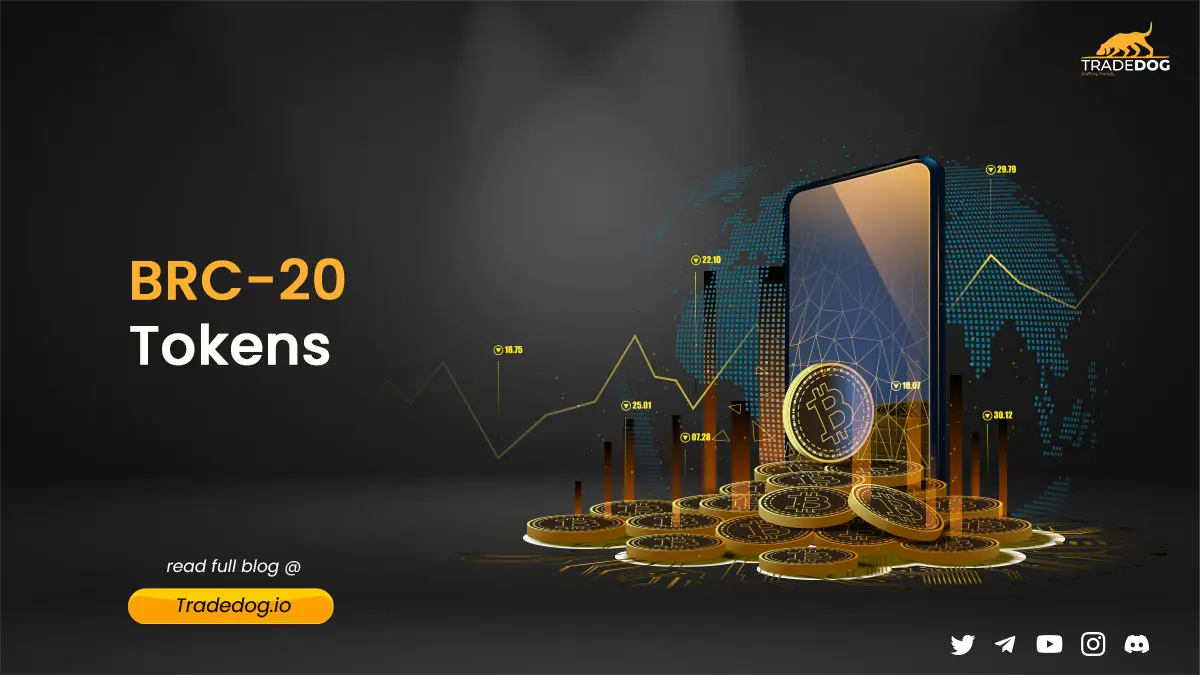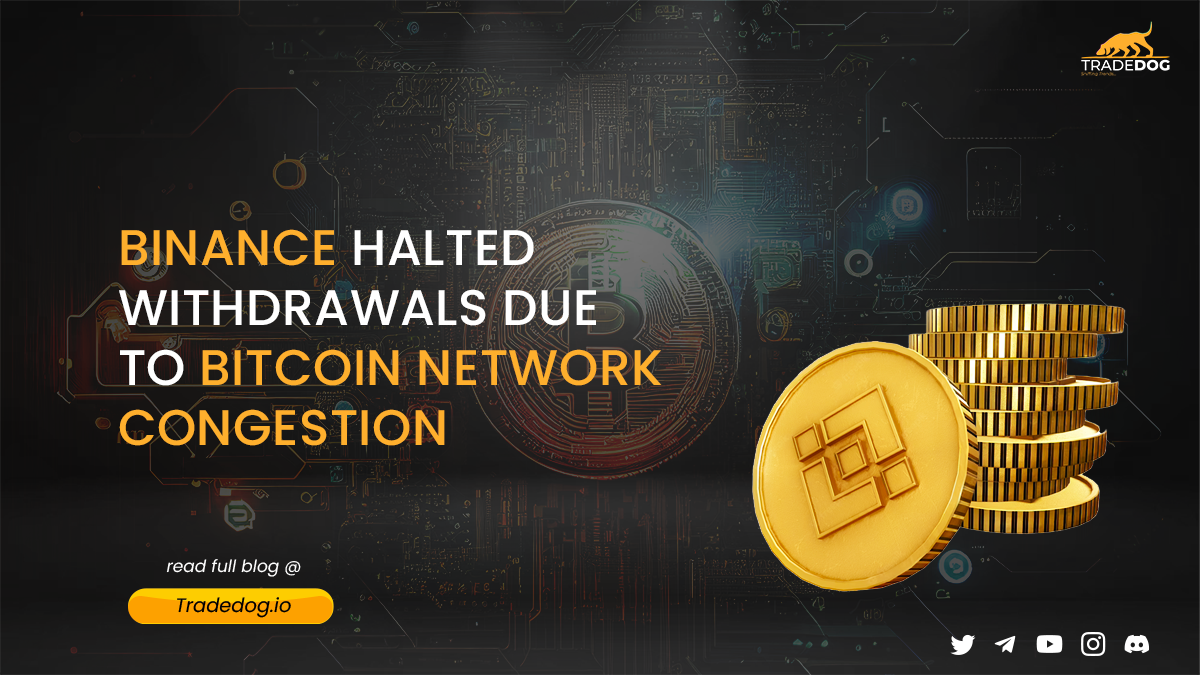Quick Links
Bitcoin faces significant scalability challenges primarily due to its limited network transaction processing capacity. As of the most recent data, the Bitcoin network’s block size is capped at 1MB, resulting in a limited number of transactions that can be processed per block. This limitation leads to slower confirmation times and higher transaction fees during periods of high demand.
The growth in the number of Bitcoin users and transactions exacerbates these challenges. In times of increased usage, the network experiences congestion, causing delays in transaction confirmations and escalating fees. These issues impede Bitcoin’s ability to serve as a global, high-throughput payment system.
To address these challenges, various solutions have been proposed. These include consensus mechanism improvements, sharding, nested blockchains, and Layer-2 solutions like the Lightning Network. The Lightning Network has gained traction as a potential solution, enabling fast and low-cost transactions by conducting transactions off-chain through payment channels.
What is the Bitcoin Lightning Network?
Think of the Lightning Network as a layer of magic on top of the Bitcoin network. This layer is like a secret tunnel that connects people directly for quick exchanges without involving the whole world. It’s like using a personal messenger to send digital coins to your friends, and the best part? It’s almost as fast as sending a text message!
The Lightning Network is like a fast and decentralized payment system. It helps you send really small amounts of money quickly and without needing to trust someone else with your money. Think of it like sending money through Bitcoin, without needing a middleman. However, regular Bitcoin transactions can take a while and have some issues. With the Lightning Network, you can avoid these problems. It’s a smart way of handling money using Bitcoin’s technology. This new system makes sure your transactions are super fast and can be used for really micro payments.
Important Statistics of Bitcoin Lightning Network
At the time of writing, there are a total of 16,264 nodes running on the Bitcoin Lightning Network. Its network capacity is around 4,726 BTC, which in terms of value is approximately around $123 million. The “liquidity” of the Lightning Network is like its capacity. When there’s more liquidity, the network can handle sending more money and bigger payments.
Pros of the Bitcoin Lightning Network
The Bitcoin Lightning Network offers a transformative solution to some of the main challenges facing the original Bitcoin blockchain. By enabling faster and cheaper transactions, enhanced scalability, and reduced congestion, the Lightning Network presents a promising avenue for addressing Bitcoin’s scalability limitations. With its ability to facilitate micropayments and near-instant settlements while maintaining the security of the underlying blockchain, the Lightning Network has the potential to significantly improve the overall efficiency and usability of the Bitcoin ecosystem.
Lightning fast transactions
The Bitcoin Lightning Network achieves lightning-fast transactions by establishing off-chain payment channels. These channels enable direct and instant transactions between participants without requiring every transaction to be recorded on the main blockchain. Through multi-signature wallets and smart contracts, participants can securely create these channels. Transactions within these channels occur off-chain, ensuring swift confirmation times and minimal fees. The Lightning Network’s ability to route payments across a network of these channels further amplifies its speed and scalability, making it a compelling solution for rapid and cost-effective Bitcoin transactions.
Scalability improvements
The Bitcoin Lightning Network enhances scalability by significantly reducing the burden on the main blockchain. By enabling the majority of transactions to occur off-chain through established payment channels, the network alleviates congestion and minimizes the strain on block space. This empowers Bitcoin to process a higher volume of transactions per second while maintaining its security features. The Lightning Network’s ability to facilitate countless microtransactions without clogging the blockchain enhances the overall scalability of the Bitcoin ecosystem, ensuring its continued growth and usability.
Reduced transaction costs
The Bitcoin Lightning Network (LN) reduces transaction costs by utilizing layer 2 micropayment channels that facilitate off-chain transactions. These channels allow numerous transactions to occur without each one being recorded on the main blockchain, saving on associated fees. LN employs Hashed Timelock Contracts (HTLCs) for secure off-chain transactions, and its routing mechanism is based on node balances. By minimizing on-chain congestion and utilizing its network of channels, the LN significantly reduces transaction fees and enhances the cost-effectiveness of Bitcoin transactions, particularly for micro and cross-network payments.
Enhanced privacy
The Bitcoin Lightning Network enhances privacy through its off-chain payment channels and Hashed Timelock Contracts (HTLCs). These mechanisms enable private transactions that occur off the main blockchain, reducing exposure of transaction details. HTLCs ensure that only the participants involved in the transaction have knowledge of its details. The network’s routing protocol further adds a layer of privacy, as the transactions are routed through intermediary nodes without revealing the full payment path. By conducting transactions off-chain and utilizing cryptographic techniques, the Lightning Network significantly enhances the privacy of Bitcoin transactions on a technical level.
Cons of the Bitcoin Lightning Network
Network Complexity
The Bitcoin Lightning Network faces network complexity issues due to its decentralized nature and dynamic routing mechanisms. As the network grows, the number of nodes and channels increases, resulting in intricate paths for routing transactions. The need for optimal channel liquidity management and efficient pathfinding algorithms becomes crucial. Moreover, the network’s inherent openness can lead to the formation of complex, multi-hop routes, which can occasionally experience routing failures or delays. Addressing these challenges requires continuous improvements in routing algorithms and the development of strategies to manage the evolving network complexity effectively.
Centralization Concerns
The Bitcoin Lightning Network faces centralization issues on a technical level primarily due to imbalances in node ownership and channel capacities. Larger and more well-funded participants can establish more channels and control a significant portion of the network’s liquidity, potentially leading to increased centralization. Additionally, some nodes might have better connectivity and higher uptime, making them preferred intermediaries for routing transactions. These factors can result in power concentration among a limited number of participants, raising concerns about reduced decentralization and potential vulnerabilities in the network’s resilience and security.
Security Considerations
The Bitcoin Lightning Network’s security considerations arise from its reliance on off-chain transactions and the potential for malicious behavior. As transactions occur off-chain, there’s a risk of fraud through channel closures before broadcasting on the main blockchain. Additionally, the presence of routing nodes creates attack vectors, demanding robust protection against node compromise and unauthorized fund access. Ensuring the network’s overall security on a technical level requires continuous development, testing, and the implementation of advanced cryptographic techniques.
Limited Payment Channels
The Bitcoin Lightning Network’s limited payment channels stem from technical challenges associated with channel liquidity, funding requirements, and operational complexity. Establishing a channel requires committing funds, which might be impractical for smaller users. Furthermore, channel liquidity management is crucial to facilitate efficient routing, and channels can become unbalanced over time. The need for continuous monitoring and maintenance poses operational hurdles. These factors collectively contribute to the network’s limited payment channels, impacting its ability to scale for widespread adoption while maintaining optimal functionality.
Real-World Use Cases and Adoption
The Bitcoin Lightning Network has found practical applications across various sectors, enhancing scalability and enabling new use cases. Notably:
- Micropayments: The Lightning Network enables swift and feeless microtransactions, supporting platforms like the Nostr protocol for monetizing digital content.
- Remittances: Cross-border money transfers are expedited and cost-effective with apps like Strike, which leverage the Lightning Network.
- Gaming: In-game transactions, item purchases, and cross-game asset transfers benefit from the Lightning Network, with examples like its integration into mobile gaming via THNDR Games
- Instant Settlements: Merchants experience faster transaction times and reduced costs through platforms like OpenNode’s payment processing.
Moreover, the Lightning Network’s influence extends beyond crypto and blockchain into fields such as IoT payments, machine-to-machine transactions, and blockchain-powered smart grids. Distributed Charge and electrical smart grids exemplify potential future developments in these areas.
Future Developments and Outlook
The future development of the Bitcoin Lightning Network holds promise for further scalability and adoption. The roadmap emphasizes expanding capabilities: global transfers, integration with retailers, and incorporation into gaming platforms. Innovations like the Lightning Address Protocol, real-time payments in podcasts and live streams, Lightning-native crowdfunding, and Lightning payments for EV charging underscore the network’s growth and potential impact on Bitcoin adoption in emerging markets.
Conclusion
In conclusion, Bitcoin’s scalability challenges arising from its limited network transaction processing capacity have been a significant concern. The constrained block size of 1MB has led to slow confirmation times and higher fees during peak demand. The growing user base and transactions have worsened congestion issues. However, solutions like the Lightning Network provide hope. This Layer-2 solution facilitates lightning-fast and cost-effective transactions by conducting off-chain transactions through payment channels. The Lightning Network’s real-world adoption in micropayments, remittances, gaming, and more showcases its practicality. As development continues, it stands as a beacon for Bitcoin’s future scalability and broader adoption.













